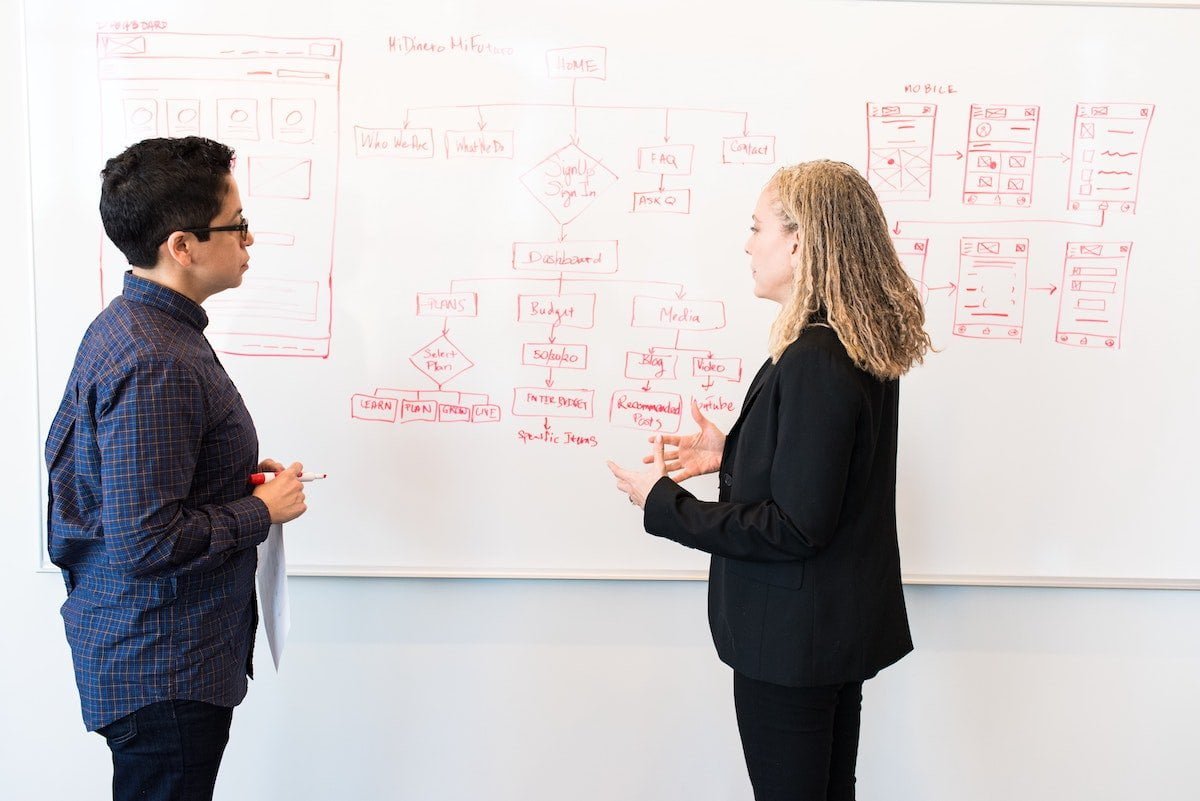Design thinking process is a human-centred, problem-solving approach that has gained widespread popularity over the years. It is a process that focuses on empathising with the end-users, identifying their needs, and finding innovative solutions to their problems. It involves a structured approach that aims to generate ideas and solutions that are feasible, desirable, and viable.
The design thinking process is divided into five stages that are interlinked and iterative. These stages are Empathise, Define, Ideate, Prototype, and Test. In this article, we will explore each stage in detail and provide you with useful tips and techniques to help you master them.
Stage 1: Empathise
The first stage of design thinking is Empathise. This stage involves understanding the end-users’ needs, pain points, and aspirations. It is a critical stage that lays the foundation for the entire design thinking process. To empathise effectively, you need to conduct research and engage with the end-users directly. This will help you gain insights into their behaviours, motivations, and preferences.
Useful Techniques: Conduct user interviews, observe their behaviours, create empathy maps, and develop personas.
Stage 2: Define
The second stage of design thinking is Define. This stage involves synthesising the insights gathered during the Empathise stage and defining the problem statement. In this stage, you need to reframe the problem and create a clear and concise problem statement that guides the rest of the process.
Useful Techniques: Create a problem statement, use the 5 Whys technique, and develop a POV (Point of View) statement.
Stage 3: Ideate
The third stage of design thinking is Ideate. This stage involves generating as many ideas as possible to solve the problem. It is a stage where you can let your creativity run wild and explore different possibilities. In this stage, you need to generate a large number of ideas and select the best ones.
Useful Techniques: Brainstorming, Mind mapping, SCAMPER, and Six Thinking Hats.
Stage 4: Prototype
The fourth stage of design thinking is Prototype. This stage involves creating a tangible representation of your ideas. It is a stage where you can test and refine your ideas before implementing them. In this stage, you need to create low-fidelity prototypes and test them with the end-users.
Useful Techniques: Paper prototyping, Digital prototyping, Storyboarding, and Role-playing.
Stage 5: Test
The fifth and final stage of design thinking is Test. This stage involves testing the prototypes with the end-users and gathering feedback. It is a stage where you can validate your ideas and refine them based on the feedback received. In this stage, you need to iterate and refine your ideas until you arrive at the best possible solution.
Useful Techniques: User testing, A/B testing, Surveys, and Focus groups.
Design thinking is a powerful approach that can help you solve complex problems and generate innovative solutions. By mastering the five stages of design thinking, you can create products and services that meet the end-users’ needs and expectations. Remember to keep an open mind, be flexible, and iterate constantly. With practice and persistence, you can become a master of design thinking.


